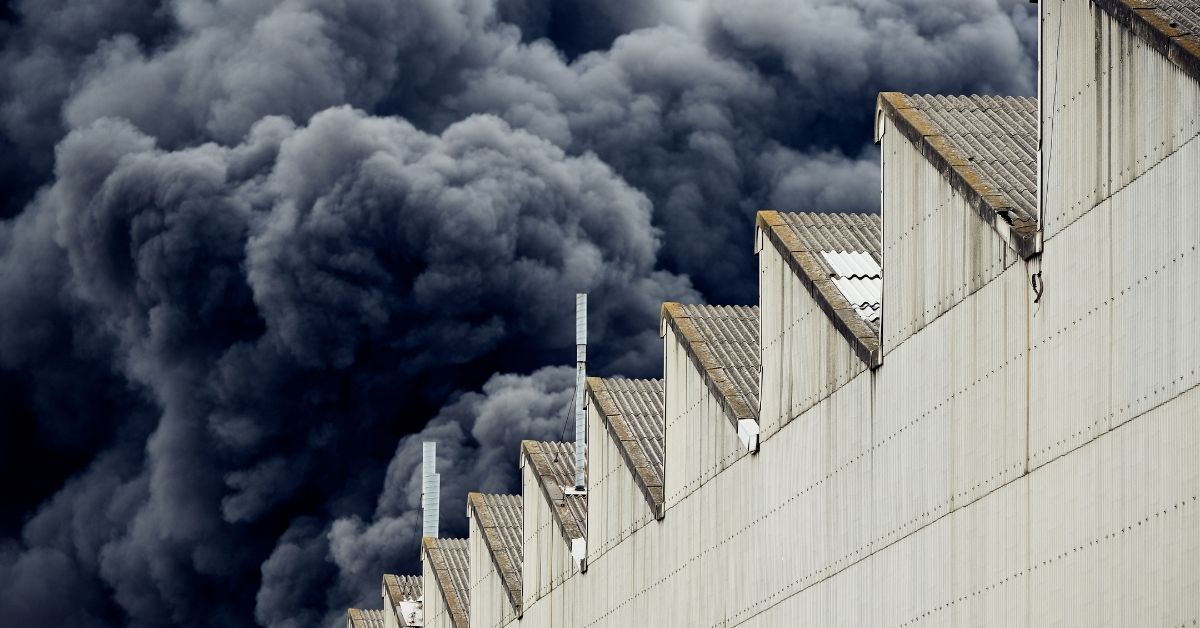This winter has been like no other, as the world is dealing with a “Tripledemic” of COVID-19, Respiratory Syncytial Virus (RSV), and the flu. In fact, the White House’s pandemic response coordinator Dr. Ashish Jha said this season’s flu outbreak is “the worst in a decade.” Public health officials are warning that the elderly are especially at risk. Even young children are filling the beds at pediatric intensive care units, largely due to RSV.
All three—COVID-19, RSV, and the flu—have similar symptoms and can cause severe respiratory illness and even death, yet they’re different in several ways.
In this blog post, we’ll take a closer look at the three to better understand their similarities and differences, as well as what can be done to stay as safe as possible.
What is the Tripledemic?
The Tripledemic is a term used to describe the simultaneous presence of COVID-19, RSV, and the flu in the population. These three have caused an unprecedented level of concern and disruption to our lives this past year. With so many illnesses circulating, it’s important to understand the similarities and differences between each to help protect ourselves and our families.
COVID-19 is caused by a novel coronavirus that was first identified in 2019. It has spread rapidly and has become a global pandemic. RSV is a virus that typically infects the lungs and respiratory system. It’s most prevalent in winter and early spring months and is the leading cause of hospitalizations in infants and young children. The flu is an acute respiratory illness that can be mild to severe but usually lasts only a few days.
How Are COVID-19, RSV, and the Flu Similar?
COVID-19, RSV, and the flu are all contagious respiratory illnesses that can spread from person to person. They share many of the same symptoms, such as fever, chills, sore throat, congestion, and difficulty breathing. All three can cause serious complications such as pneumonia, which can lead to hospitalization and even death.
Another similarity is their method of transmission: All are spread through contact with infected people, especially droplets that are released into the air when someone sneezes or coughs. Or through surfaces.
Overall, COVID-19, RSV, and the flu share several similarities, including their contagiousness and common symptoms. It’s important to remember that all three viruses can be prevented with similar preventative measures and that people should do their best to stay healthy and safe during this pandemic.
How Are COVID-19, RSV, and the Flu Different?
When it comes to the trio of COVID-19, RSV, and the flu, there are a few key differences that set them apart:
For one, COVID-19 is caused by the novel coronavirus, SARS-CoV-2, which is completely different from RSV and the influenza viruses. SARS-CoV-2 is a relatively new virus, first appearing in late 2019, whereas the other two have been around for much longer.
The treatment of these illnesses differs as well. COVID-19 is mainly treated with supportive care to help manage symptoms and reduce complications, as well as remdesivir or Paxlovid. Different antiviral medications can be used to treat RSV or the flu, such as oseltamivir phosphate, zanamivir, or ribavirin. Additionally, vaccines are available for COVID-19 and the flu but not yet for RSV.
What Can I Do to Prevent Getting Sick?
To prevent getting sick with any of the viruses that make up the “Tripledemic” it’s important to follow some basic preventive measures. This includes frequently washing your hands with soap and water for at least 20 seconds, avoiding close contact with people who are sick, and social distancing when possible. It’s also a good idea to clean and disinfect surfaces that are frequently touched.
Using a top-quality air purifier is a great idea as well. Check out our line of air purifiers here.
Conclusion
If you’re feeling ill, get tested for COVID-19, RSV, and the flu so you can get proper treatment. If you test positive for any of these, stay home, rest, and follow your healthcare provider’s recommendations. Taking care of yourself is key to keeping you and those around you safe and healthy during this Tripledemic.



